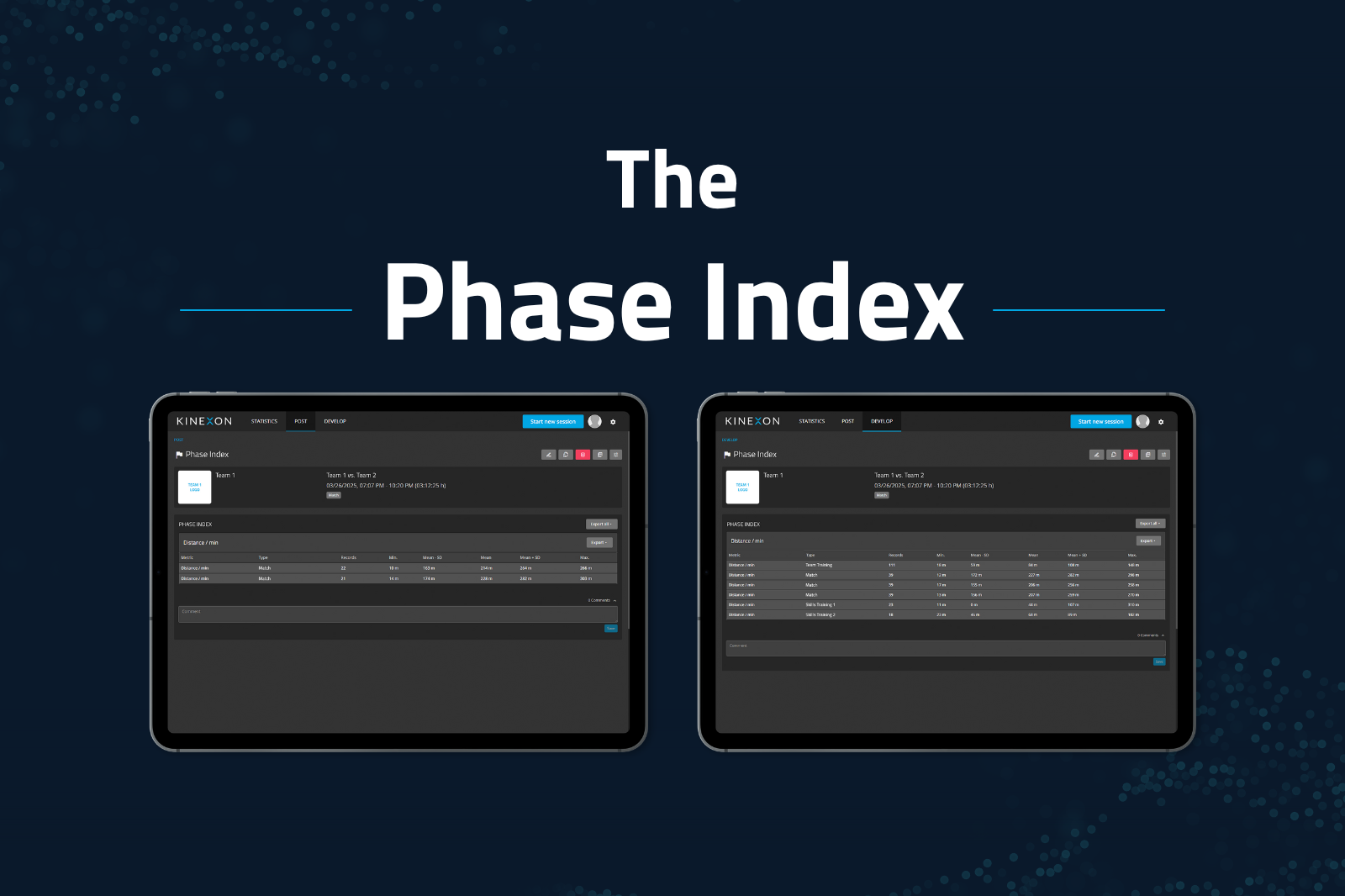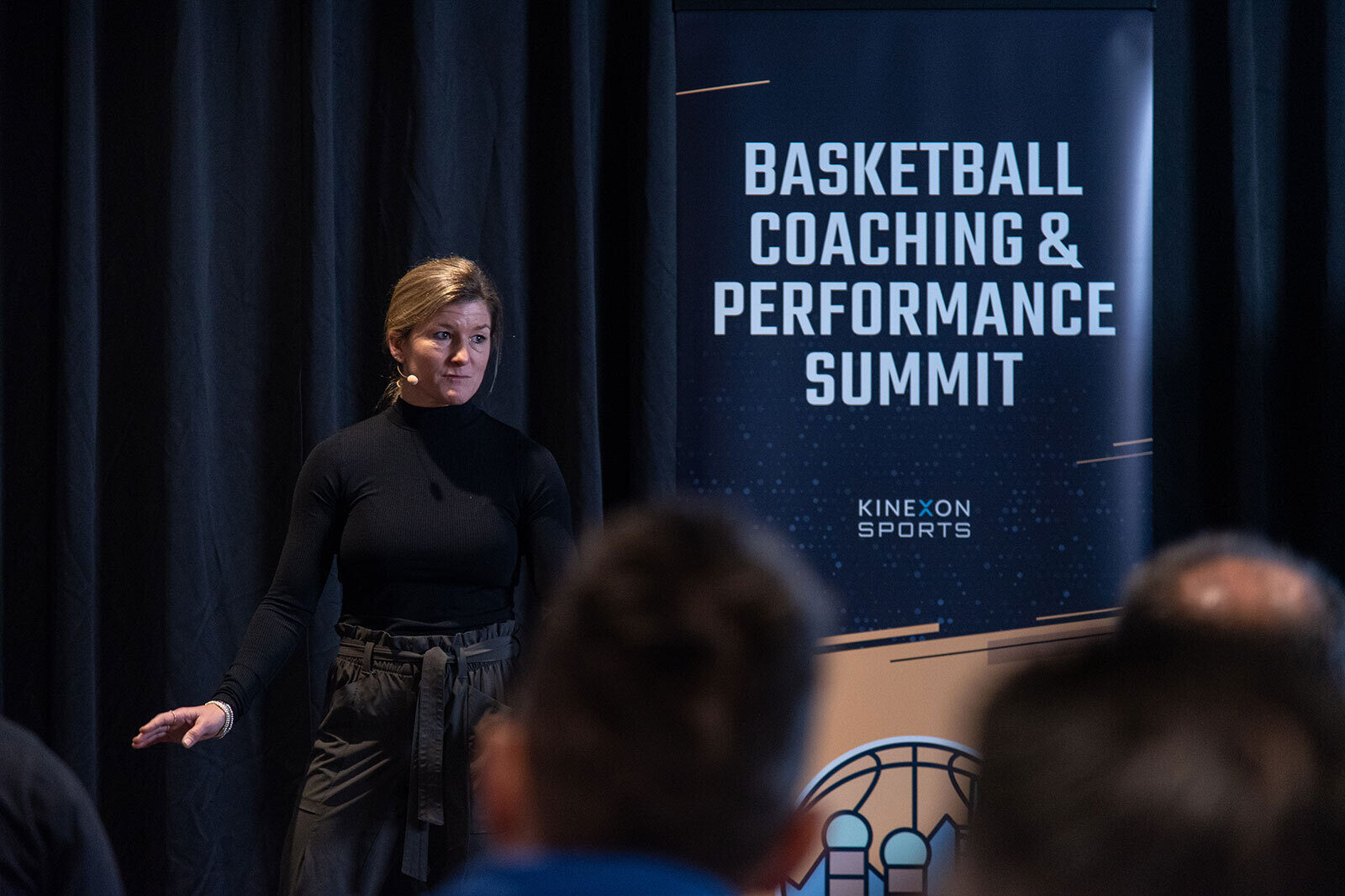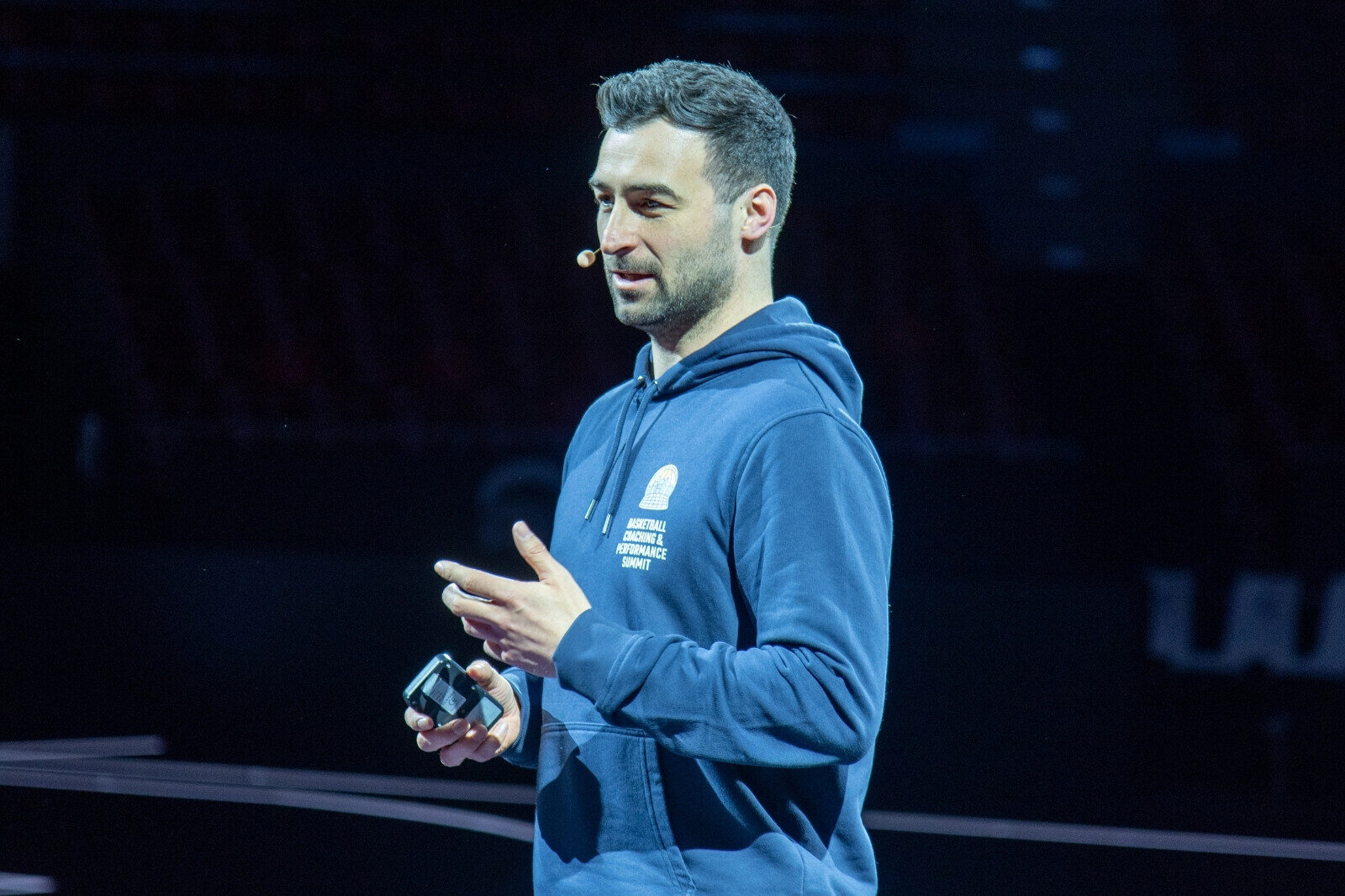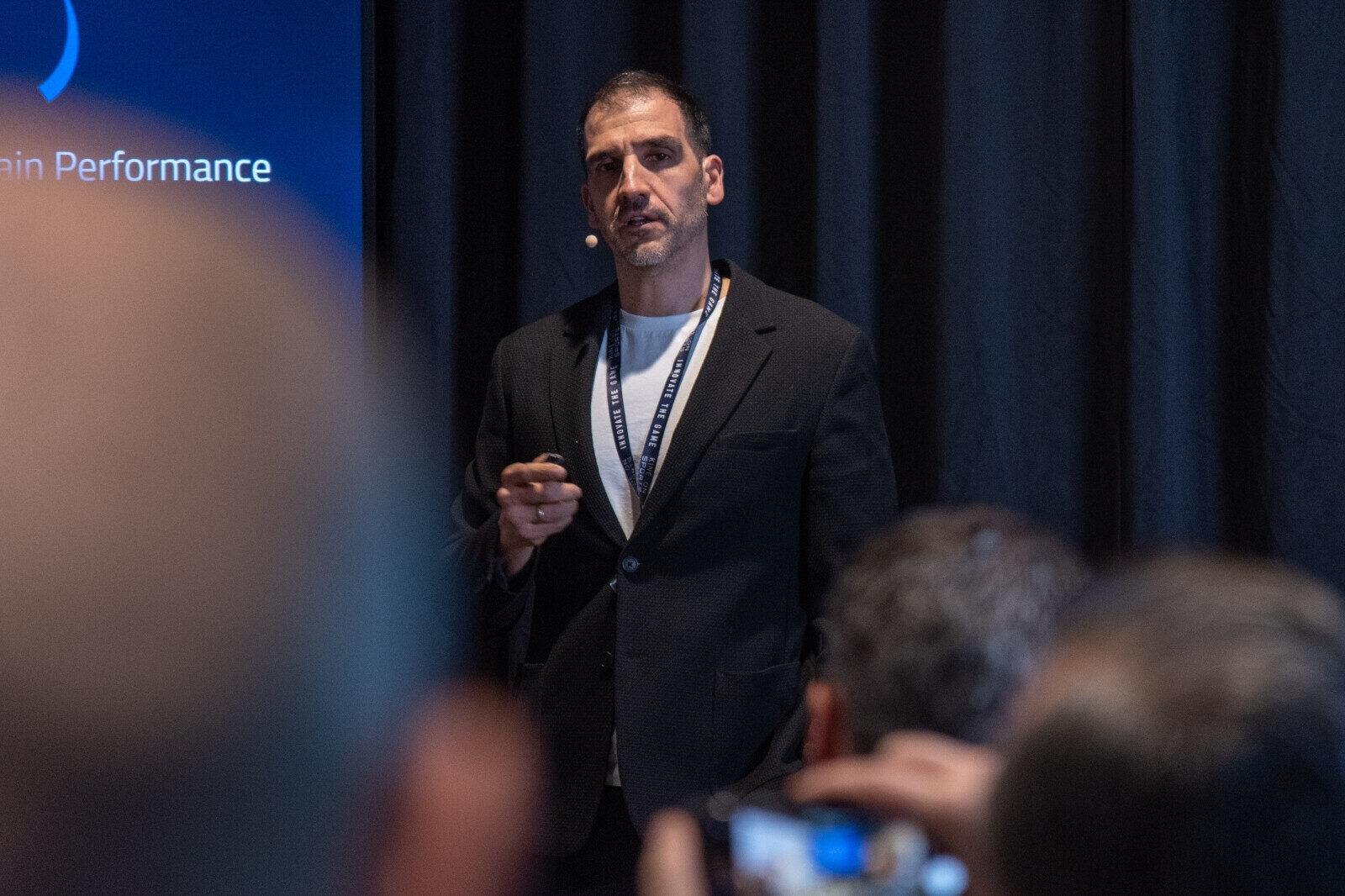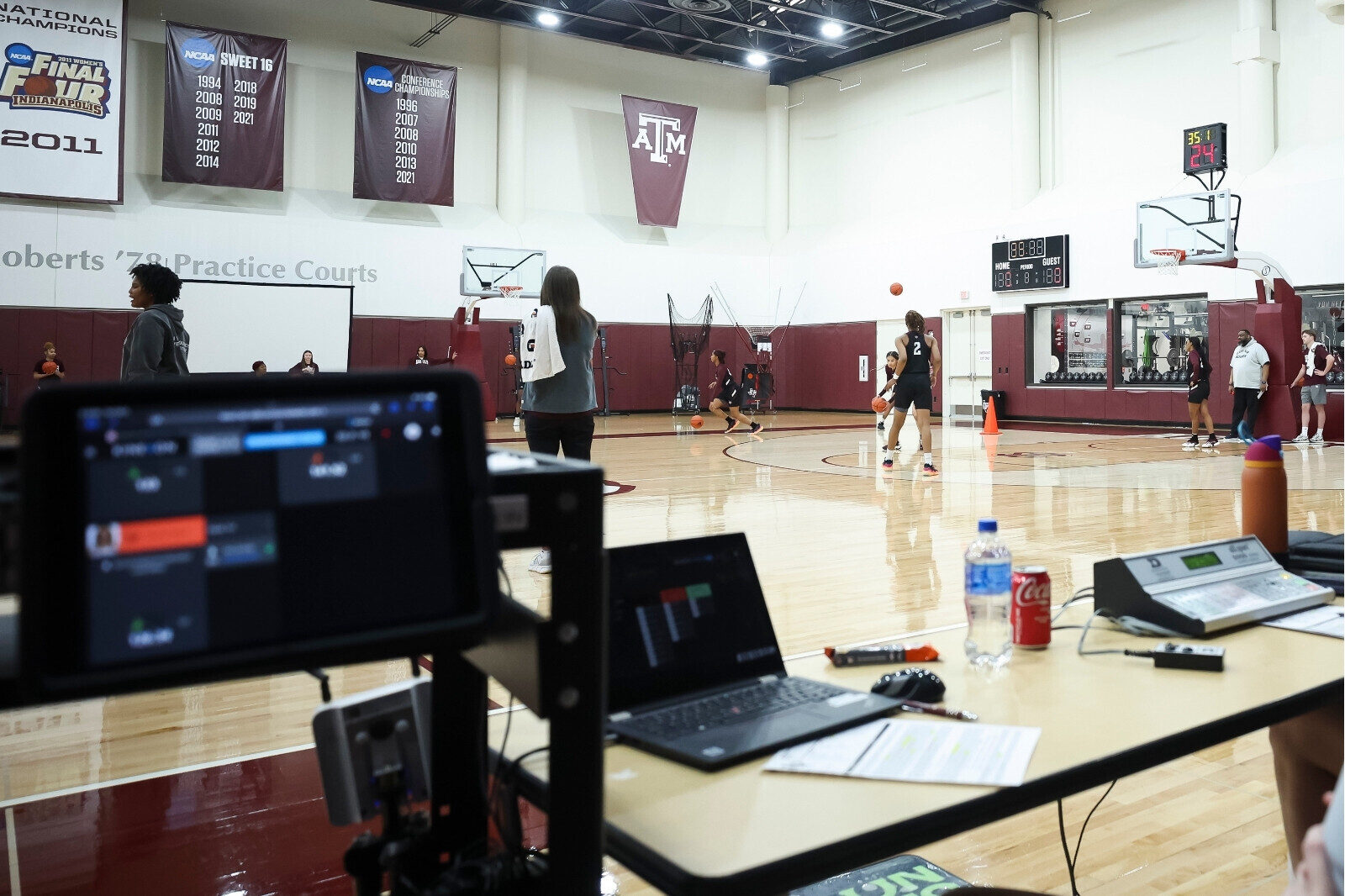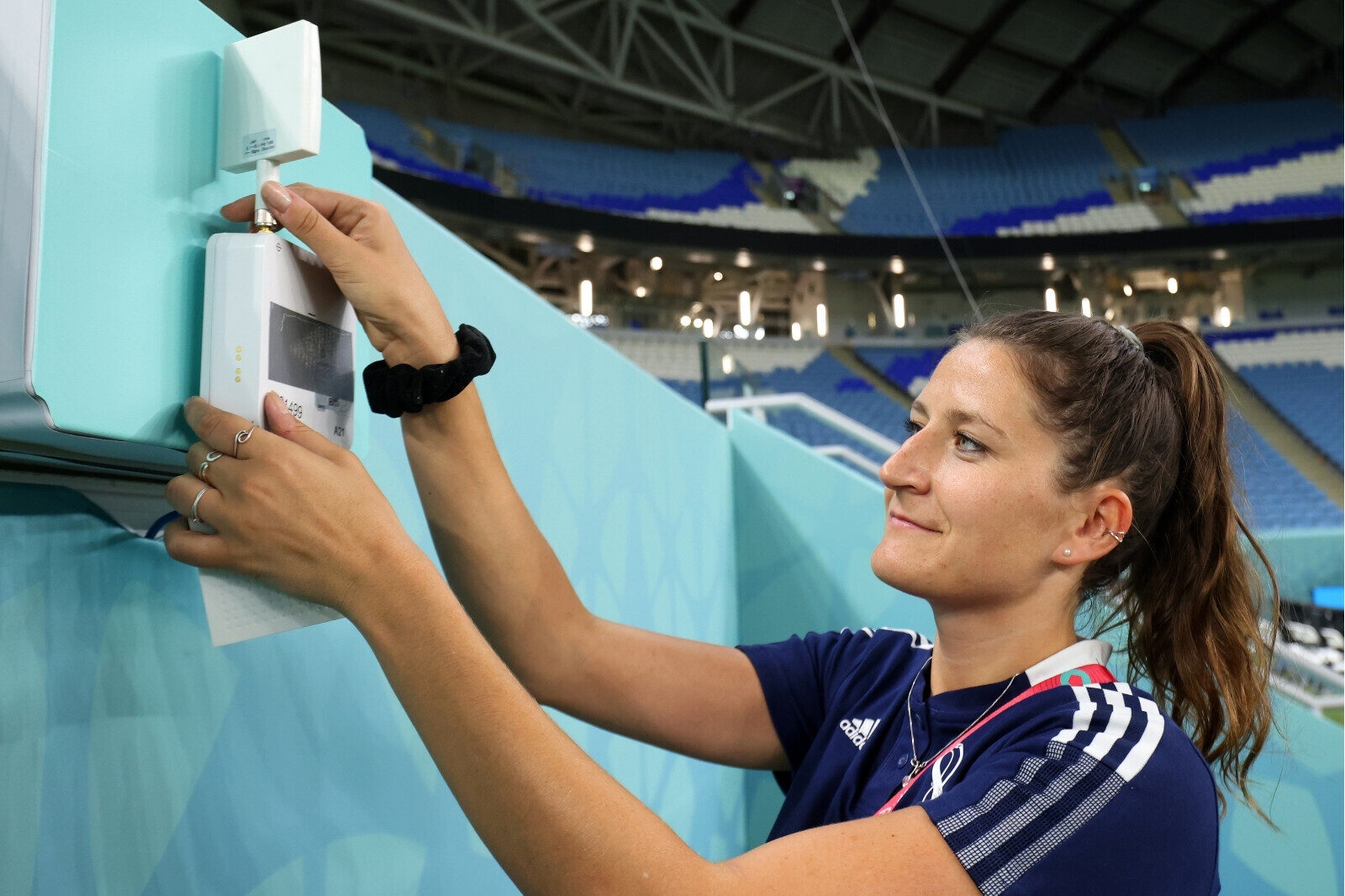Data-Driven Approach Fuels Coach’s Return-to-Play Protocol!
Injury recovery is a critical aspect of sports, and it’s where data can make a significant impact. As Rik van Waes, the Head Strength and Conditioning for the Heroes Den Bosch professional basketball team, puts it, “Returning to play after an injury is one of the major things that data can contribute to.”

In addition to being the Head Strength and Conditioning coach, Coach van Waes is also a physiotherapist. Physiotherapists are medical professionals who specialize in treating injuries and conditions that impact movement.
The question of when to start running or playing again after an injury often relies on the physiotherapist’s experience and intuition. However, data provides a more objective measure. “The data just gives you way more objectified measurements like, ‘this guy’s really ready because he showed that he can do this, this, and this,’” says Coach van Waes.
Data Removes Guesswork in Rehab Process
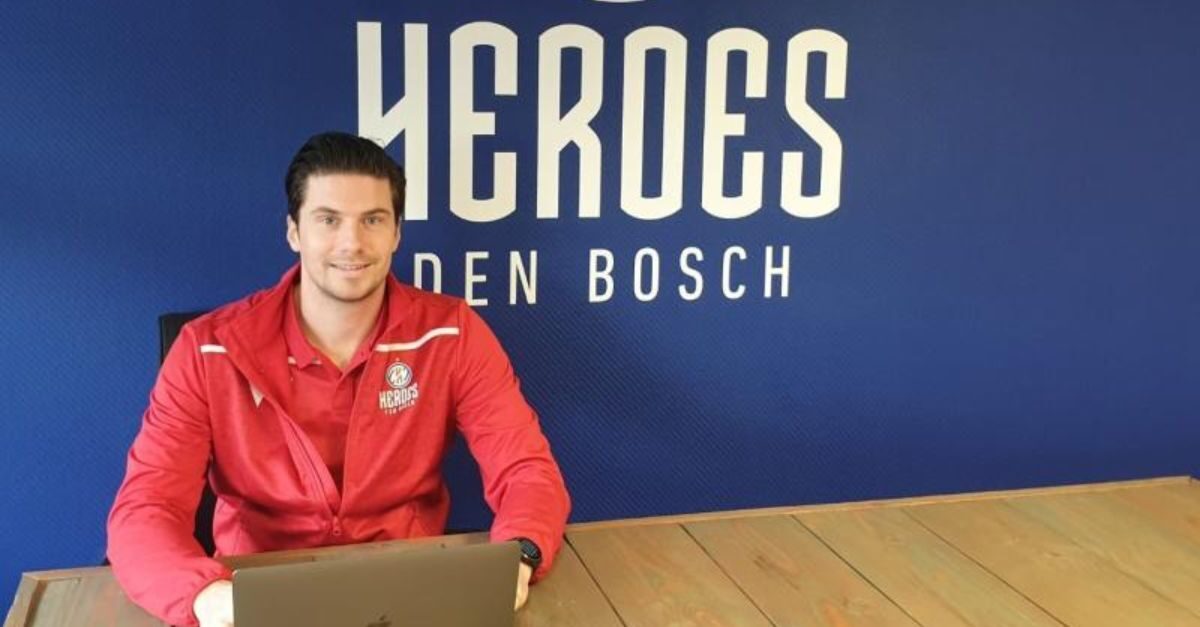
Coach van Waes used this approach when he was helping a player recover from a knee injury. He knew the player’s data from before the injury, including the distance, change of direction jumps, and the minutes he needs to play. “I just made a list and then during the rehab, once we were able to start some running, I wanted to get him to run a couple of kilometers,” he explains.
The rehab process involves building up the player’s strength and agility gradually. The player starts with running, then moves on to changes of direction at a 90-degree angle, and finally to agility exercises involving reaction to a stimulus. All these steps are based on the list of metrics the player needs to hit on game day.
Data Keeps Coaches and Players on Track
The data also helps in integrating the player back into the team. van Waes knew the metrics for the non-contact part of the process, which is usually the first step when a player returns. “First of all, he needs to do that with me a couple of times and his knee should feel fine. If that’s the case, OK, you’re back with the team,” he says. “The data really helped me to really make sure that I was not skipping steps and really making sure that we checked all the boxes before he was back with the guys,” van Waes adds.

“Returning to play after an injury is one of the major things that data can contribute to.”
Some Players Come Back Stronger
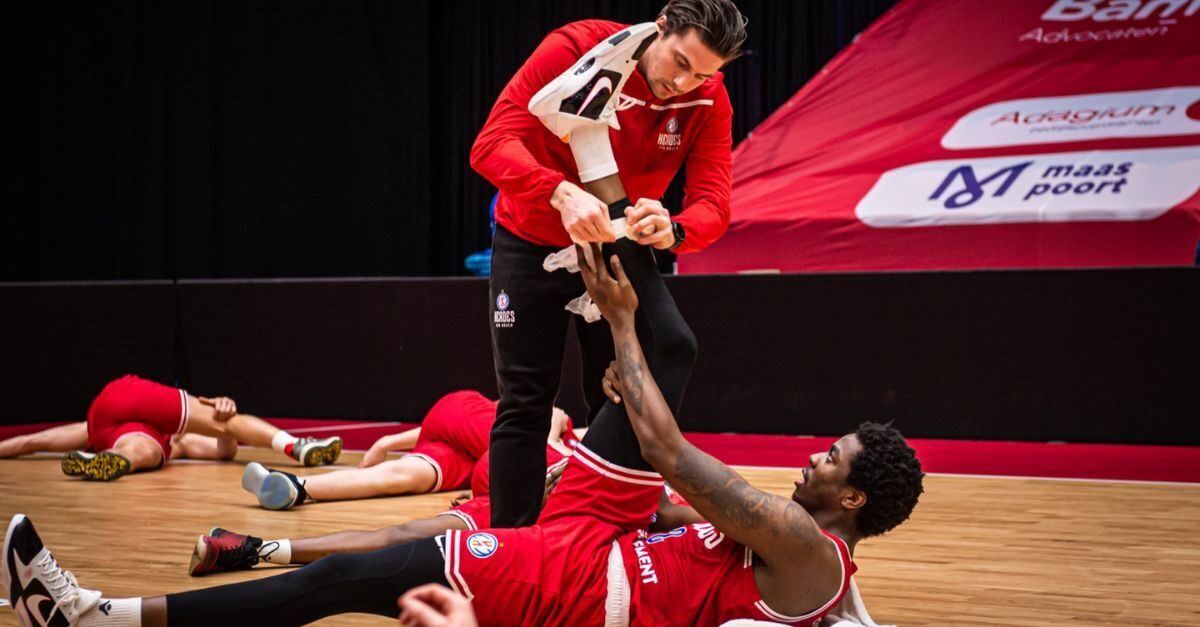
Coach says he had another player who was the fastest on the team, but he was sidelined due to an injury. So, he used the player’s personal data as part of his rehabilitation.
“He had a soft tissue injury, so we knew that his maximum speed and sprinting would be crucial for his recovery,” van Waes said.
He was aware of the player’s performance metrics, and one day during a court session, felt it was time to push him (the player). “I knew from previous sessions how fast he could go. So, I told him not to hold back and sprint from one baseline to the other,” Coach van Waes said.
“I asked him if that was his maximum speed,” he continued. “He said that it might have been around 95%, but it felt pretty good. After the practice, I downloaded the data and showed him that that was his fastest sprint ever. It was significantly faster than his previous records.”
The player said he felt strong and powerful. “That was a cool moment,” Coach said. “Seeing his progress, I assured him that he was good, and it was time to move to the next phase of his recovery.”
Data Provides a Sense of Direction
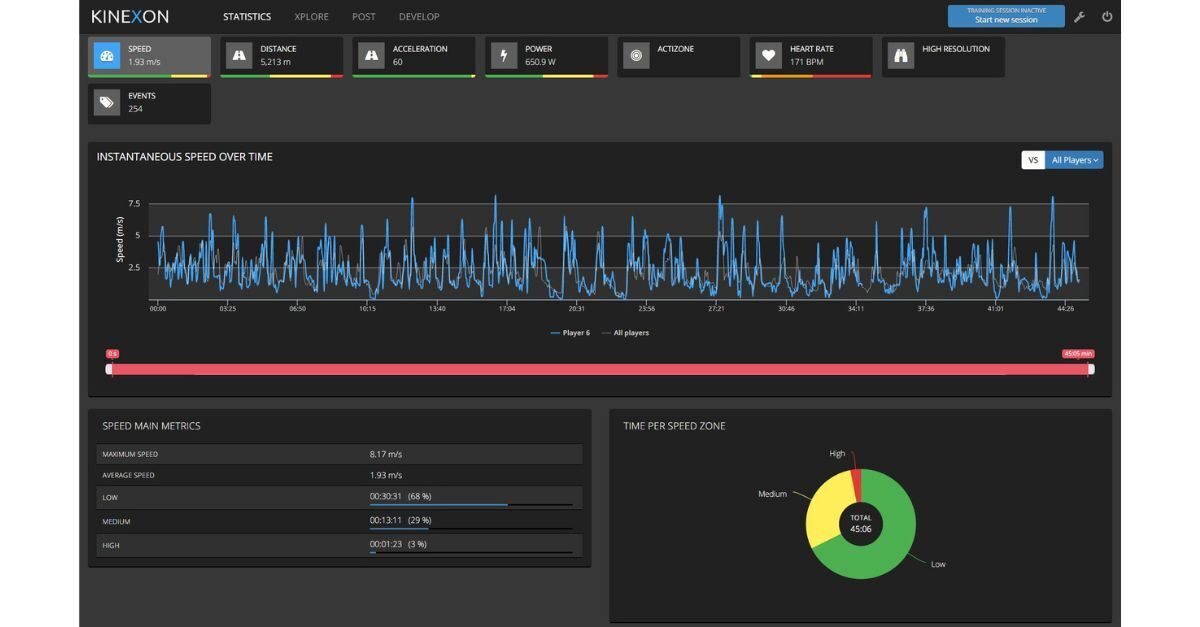
Coach van Waes says having a concrete set of data to go through gives him a sense of direction.
“There was a particular instance when I was working with a player who had sprained his ankle,” he recalls. “We were doing exercises that involved changing direction. We started with 90-degree cuts, gradually increasing the intensity and alternating between left and right. This systematic approach gave me confidence because I knew we were progressively building his strength and agility, which is crucial for his recovery,” he said.
Data and analytics provide an objective, measurable approach to injury recovery. It ensures that players are truly ready to return to play, reducing the risk of re-injury and boosting their confidence.
To learn more about how data can help develop your injury recovery plan, contact us at any time.
For more information, download our guide to understanding load management in basketball.

